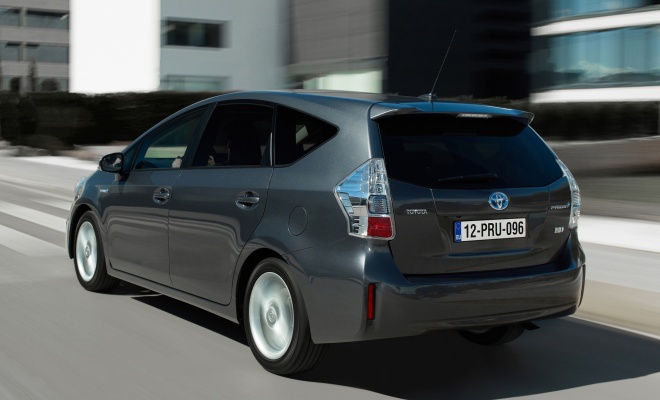
There was a time when the best family cars were simply estates – a saloon car with a flat-roofed extension slapped on the back to provide enough room for a stack of suitcases and a dog. I grew up riding around in one – a Hillman Avenger estate.
If you had enough money in the 70s you went Volvo or Mercedes, two makes that specialised in the kind of capacious rear-ends that might swallow a sideboard. That kind of carryall is still here and with us, of course, but mostly estates have become less family oriented, aimed at people who like to pursue exciting outdoor activities at weekends, or who hope to do so if they ever get the energy.
Real family buyers – with 2.5 screaming kids, a cat, a dog and four bloodshot eyes – nowadays plump for multi-purpose vehicles (MPVs), ever since the market for tall and versatile people-carriers was opened up by Renault’s 1984 Espace (above).
Today, the MPV market has splintered in all directions from Renault’s original van-like template – from tall and boxy cars trying to be sporty, to short and stout cars trying to be roomy. There is no shortage of choice. But since this is a green car blog, you’ll probably be wondering one thing. Which is the greenest and most fuel-efficient MPV?
That’s not an easy question to answer, partly because the dividing lines between people carriers, soft off-roaders and bizarrely tall hatchbacks can be rather blurry. Is the Golf Plus an MPV, for example? Next to a regular Golf, it looks like it might be. Next to a Touran, it looks like it isn’t.
There’s also a big difference between the economy you might expect of a full-size, five-metre-plus people-carrier like the Chrysler Grand Voyager, and a sub-four-metre tiddler like the Toyota Verso-S.
Combing through the stats for the 30 or so different MPVs currently on sale (or soon to be), I’ve crunched through a complex, made-up calculation involving length, width, height, economy, CO2 output, price, and the number I first thought of, to come up with an unshakeable GreenMotor rating scheme. This has allowed me to sort the cars into an order of merit from worst (SsangYong Rodius) to best (Toyota Prius+).
So here are the GreenMotor favourite five:
 Model: Toyota Prius+
Model: Toyota Prius+
Economy: 68.9mpg
CO2: 96g/km
Price: from £26,195
Version: T4
GreenMotor obscure score: 117.3
 Model: Ford Galaxy
Model: Ford Galaxy
Economy: 54.3mpg
CO2: 139g/km
Price: from £25,750
Version: Zetec 1.6 TDCi (Start/Stop)
GreenMotor obscure score: 98.9
 Model: Vauxhall Zafira Tourer
Model: Vauxhall Zafira Tourer
Economy: 62.8mpg
CO2: 119g/km
Price: from £22,950
Version: ES 2.0 CDTi ecoFLEX Start/Stop
GreenMotor obscure score: 95.1
 Model: Renault Grand Scenic
Model: Renault Grand Scenic
Economy: 68.9mpg
CO2: 105g/km
Price: from £21,625
Version: Dynamique dCi 110 Stop and Start
GreenMotor obscure score: 95.0

Model: Volkswagen Sharan
Economy: 50.4mpg
CO2: 146g/km
Price: from £24,780
Version: S 2.0 TDI BlueMotion Technology
GreenMotor obscure score: 89.9
In search of the greenest people carrier
22 June 2012
Read more about: Ford Renault Toyota Vauxhall Volkswagen



